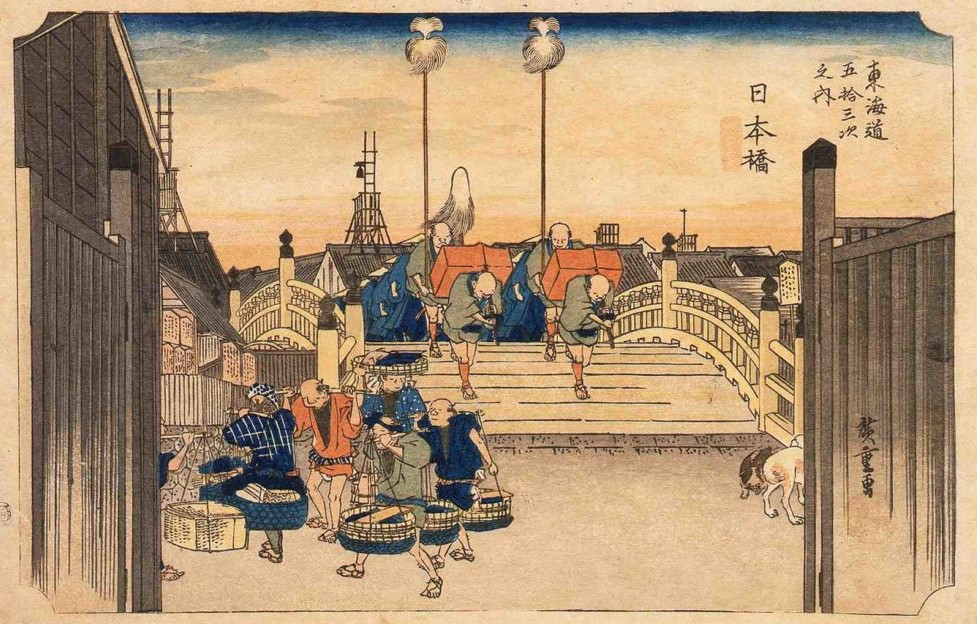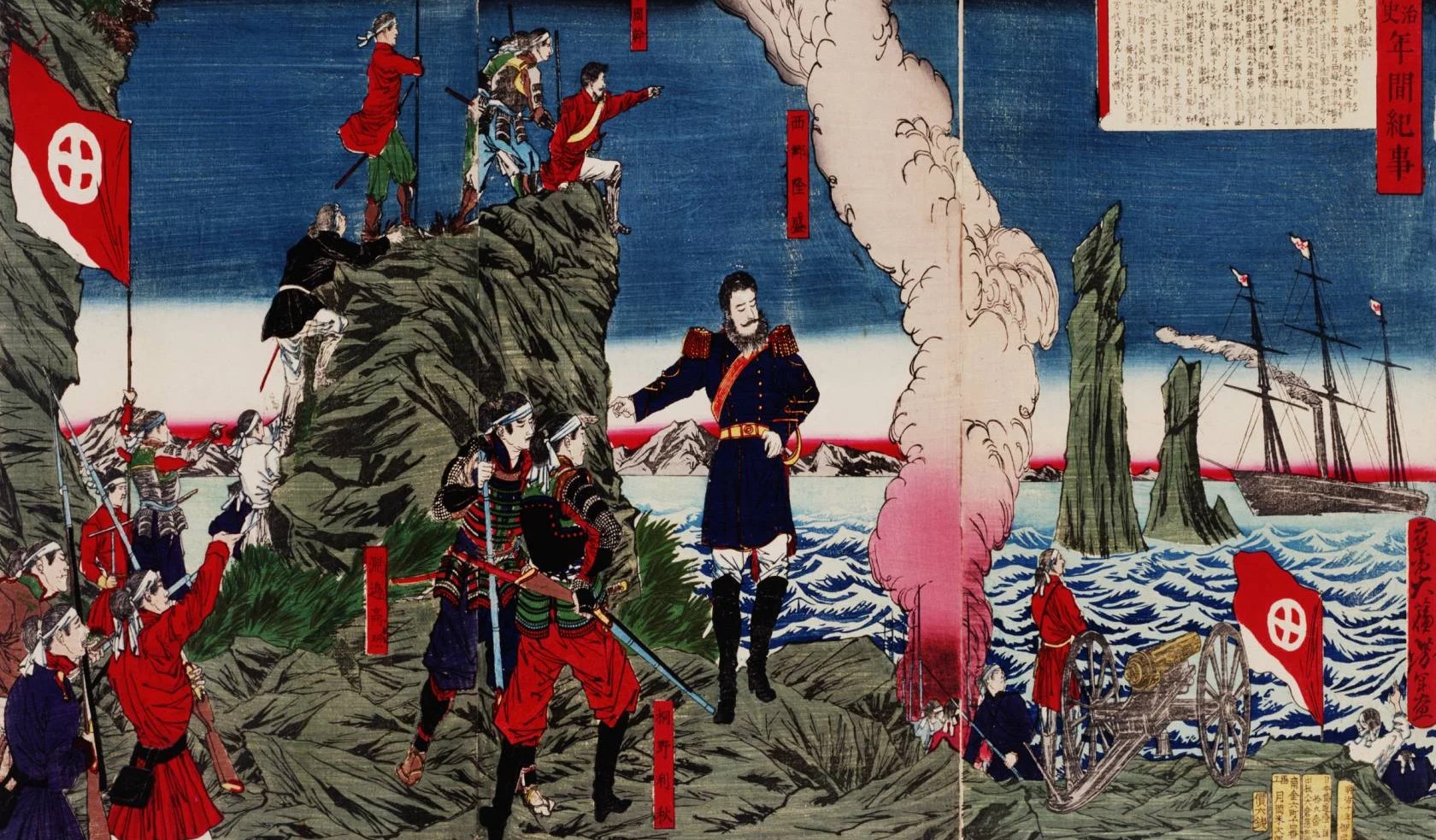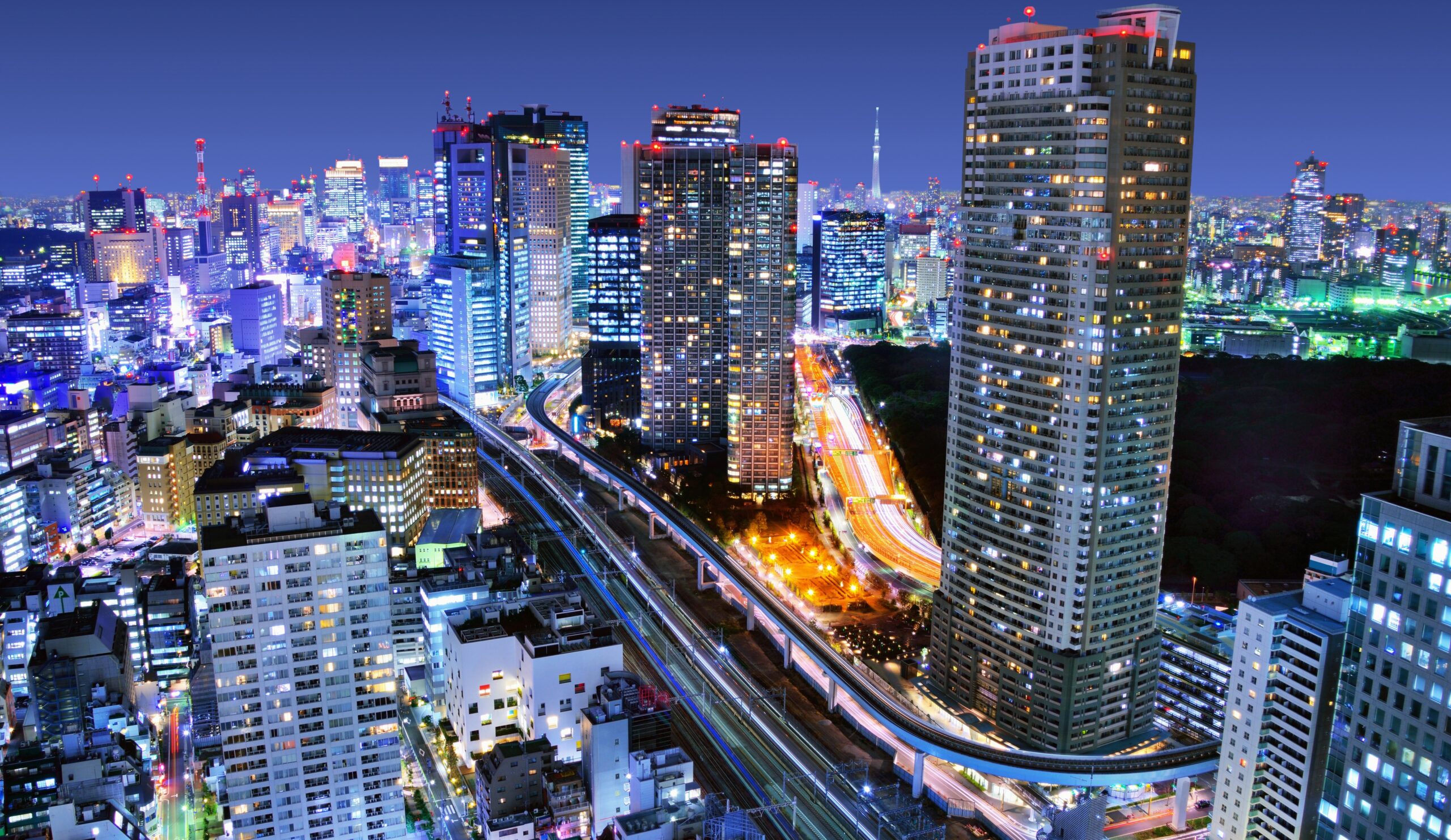The history of modern Japan is a complex narrative marked by profound changes. socio-political upheavals, and economic development miracles. From its isolationist past to its emergence as a global economic powerhouse. Japan’s journey through the modern era is a fascinating story of resilience, innovation, and adaptation.
- If you want to know more about important people’s Biography and the History of different Eras then click on the link below:
- worldbioinfo.com/category/history
- worldbioinfo.com/category/biography/
- en.wikipedia.org/wiki/History_Japan
- youtube.com/history_japan
Introduction: The End of Isolation:
Japan’s modern history begins in the mid-19th century with the end of its isolationist policy, known as Sakoku. For more than two centuries, Japan largely closed itself off from the outside world, maintaining limited contact with foreign powers. However, the arrival of American Commodore Matthew Perry’s fleet in 1853. and the Treaty of Kanagawa in 1854 forced Japan to open its ports to foreign trade.
History of Modern Japan
Meiji Restoration and Modernization:
The Meiji Restoration of 1868 marked a pivotal moment in Japanese history. With the restoration of imperial rule, Japan began a period of rapid modernization and industrialization. The Meiji government implemented sweeping reforms to centralize power, modernize the economy, and adopt Western institutions and technology. This era saw the abolition of the feudal system, the establishment of a constitutional monarchy, and the development of a modern military.

Imperial Expansion and Militarism:
In the late 19th and early 20th centuries, Japan emerged as a regional power in East Asia. Eager to secure resources and territory, Japan engaged in imperial expansion, annexing territories such as Taiwan and Korea. However, Japan’s ambitions clashed with those of other great powers. Leading to conflicts such as the First Sino-Japanese War (1894–1895) and the Russo-Japanese War (1904–1905). both of which ended in Japanese victory.
The rise of militarism gained momentum in the 1930s, as ultra-nationalist factions gained influence within the military. It was fully involved in World War II with the Japanese invasion of Manchuria in 1931 and subsequent expansion into China. The attack on Pearl Harbor in 1941 brought Japan into conflict with the Allied Powers, ultimately resulting in its defeat in 1945.

This history is modern Japan
Occupation and Reconstruction:
After Japan’s surrender in 1945, the country entered a new phase of Allied occupation led by the United States. The Allied occupation aimed to disarm and democratize Japan, dismantle its military apparatus, and introduce democratic reforms. The 1947 Constitution, drawn up under American supervision, established Japan as a parliamentary democracy with a constitutional monarchy.
Economically, Japan underwent a period of rapid reconstruction and growth. Spurred by American aid and reforms initiated by the Japanese government. The post-war period saw the rise of industries such as electronics, automobiles, and steel. Which laid the foundation for Japan’s future economic success.
Japanese Culture
The Miracle Years: Economic Booms and Technological Innovations:
The decades following World War II witnessed an unprecedented economic boom in Japan, often referred to as the “Japanese Miracle”. Characterized by high economic growth rates, technological innovation, and export-oriented industrialization. This period transformed Japan into the world’s second-largest economy by the end of the 20th century.

Key factors in Japan’s economic success include a highly educated workforce. Strong government-industry cooperation, and a focus on quality and efficiency. Japanese companies such as Toyota, Sony, Yamaha, Suzuki, and Honda have become global leaders in their respective industries and developed Japan’s export-led growth strategy.
Technological innovation has played an important role in Japan’s economic development. The development of consumer electronics, including televisions, cameras, and later personal computers. revolutionized global markets and strengthened Japan’s reputation as a technological powerhouse.
The Development History of Japan
Social changes and challenges:
While Japan experienced unprecedented prosperity in the post-war period. this era also saw significant social and cultural changes. Rapid industrialization and urbanization led to changes in traditional social structures and values. The rise of a consumer society, increased individualism, and changing gender roles reshaped Japanese society in profound ways.
However, Japan also faced various challenges during this period. Rapid economic growth puts pressure on natural resources and degrades the environment. Additionally, issues such as an aging population, declining birth rates, and income inequality have emerged as concerns for Japan’s policymakers.

Japan is an Economic Powerhouse
Political evolution and global engagement:
Japan’s political landscape evolved in the Post-War period, with the conservative Liberal Democratic Party (LDP) dominating the government. Despite occasional challenges from opposition parties, the LDP maintained a firm grip on power for most of the postwar era, maintaining stability and continuity in Japanese politics.
Internationally, Japan has emerged as an important power in global affairs. They established close alliances with Western powers, particularly the United States. Japan’s economic influence, combined with its pacifist constitution, positions it as a leading advisor for multilateralism and global cooperation.
Development History
Challenges of the lost decade and beyond:
The early 1990s marked a turning point for the Japanese economy. As it faced a prolonged period of stagnation and economic recession known as the “Lost Decade”. Japan has struggled to revive economic growth despite various stimulus measures and reforms due to falling asset prices and a banking crisis.
The lost decade exposed structural weaknesses in Japan’s economy. including reliance on debt-fueled growth, ailing banks burdened with non-performing loans, and demographic challenges stemming from an aging population and low birthrate. Attempts to address these problems, such as fiscal deregulation and fiscal stimulus, have yielded mixed results.

Contemporary Japan: New Challenges and Opportunities:
In the 21st century, Japan continues to navigate a rapidly changing global landscape characterized by economic uncertainty, geopolitical tensions, and technological disruption. Japan’s economy has shown signs of recovery in recent years, although structural challenges remain, including an aging population, inflationary pressures, and a shrinking workforce.
Japan also faces external challenges such as territorial disputes with neighboring countries, security concerns in the Asia-Pacific region, and the ongoing threat of North Korean aggression. Additionally, Japan must navigate its relationship with the United States amid changing dynamics in East Asia and growing competition from emerging powers such as China.
Despite these challenges, Japan remains a vibrant democracy with a rich cultural heritage and a tradition of resilience and innovation. As it looks to the future, Japan seeks to leverage its technological, innovation, and human capital strengths to address important issues, such as climate change, economic inequality, and social welfare. The history of modern Japan
Conclusion:
The history of modern Japan is a testament to the country’s ability to adapt and thrive in the face of adversity. From its humble beginnings as a feudal society to its emergence as a world economic power, Japan’s journey has been marked by remarkable achievements and profound transformations. As it faces the challenges of the 21st century, Japan is poised to build on its past successes and shape a future defined by innovation, resilience, and global leadership. The history of modern Japan
